Peroneal Tendon Tear
Read More >
There are several types of 5th Metatarsal Fractures, but most follow a similar Physical Therapy Rehabilitation Protocol. Patients typically spend 4-6 weeks in a Walking Boot if the fracture is treated conservatively before commencing Physical Therapy.
The period of immobilisation in the walking boot leads to mass muscle weakness, muscular tightness and a deterioration in balance. A thorough protocol should involve graded exposure to strengthening exercises, a slow transition from the walking boot and a slow reintroduction to impact exercises.
It is also essential to have a graduated transition from a walking boot to a normal shoe. This article provides the essential exercises to begin your rehabilitation from a 5th Metatarsal Fracture, but this is not medical advice, and you should speak to your Doctor before commencing them.
The calf complex consists of two main muscles; the Gastrocnemius and the Soleus Muscle. They become tight and shortened due to the time spent in the walking boot so it is important to stretch the consistently 3-4 times daily.
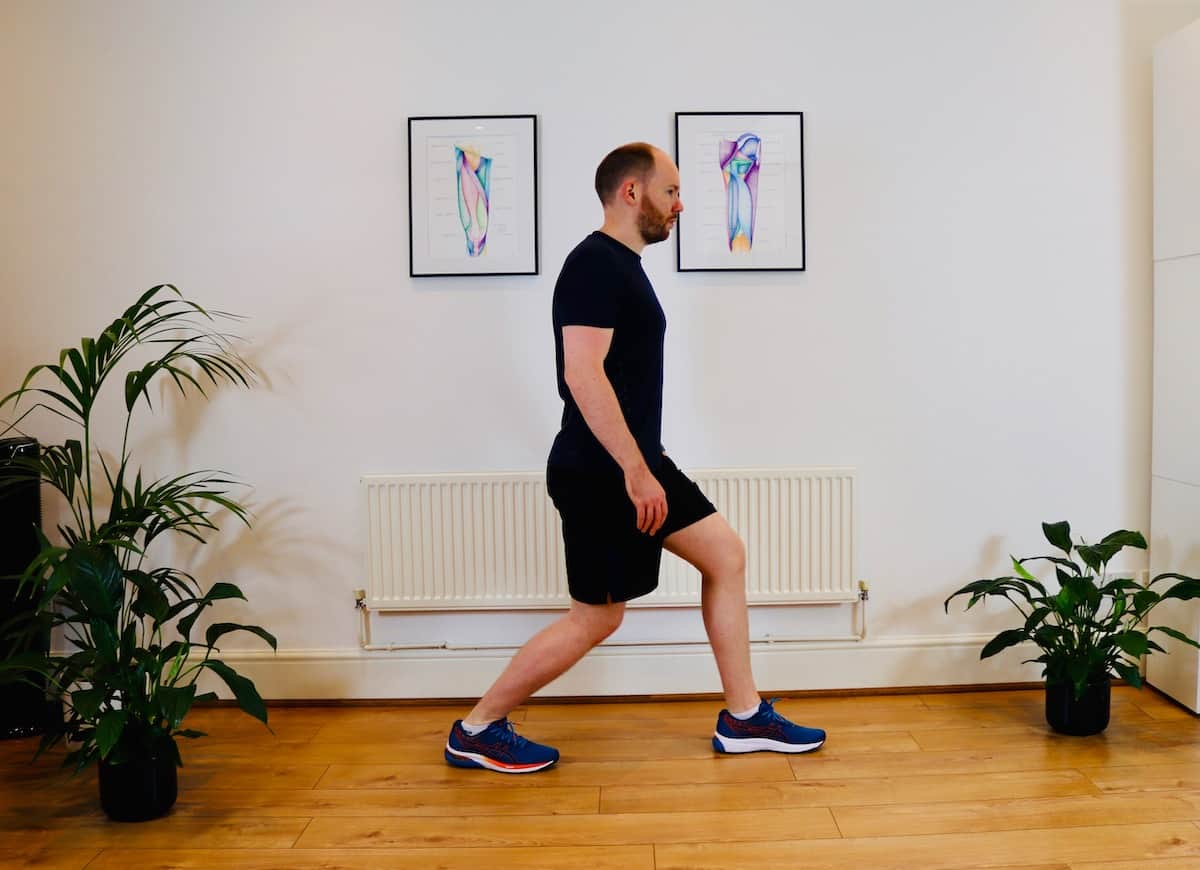
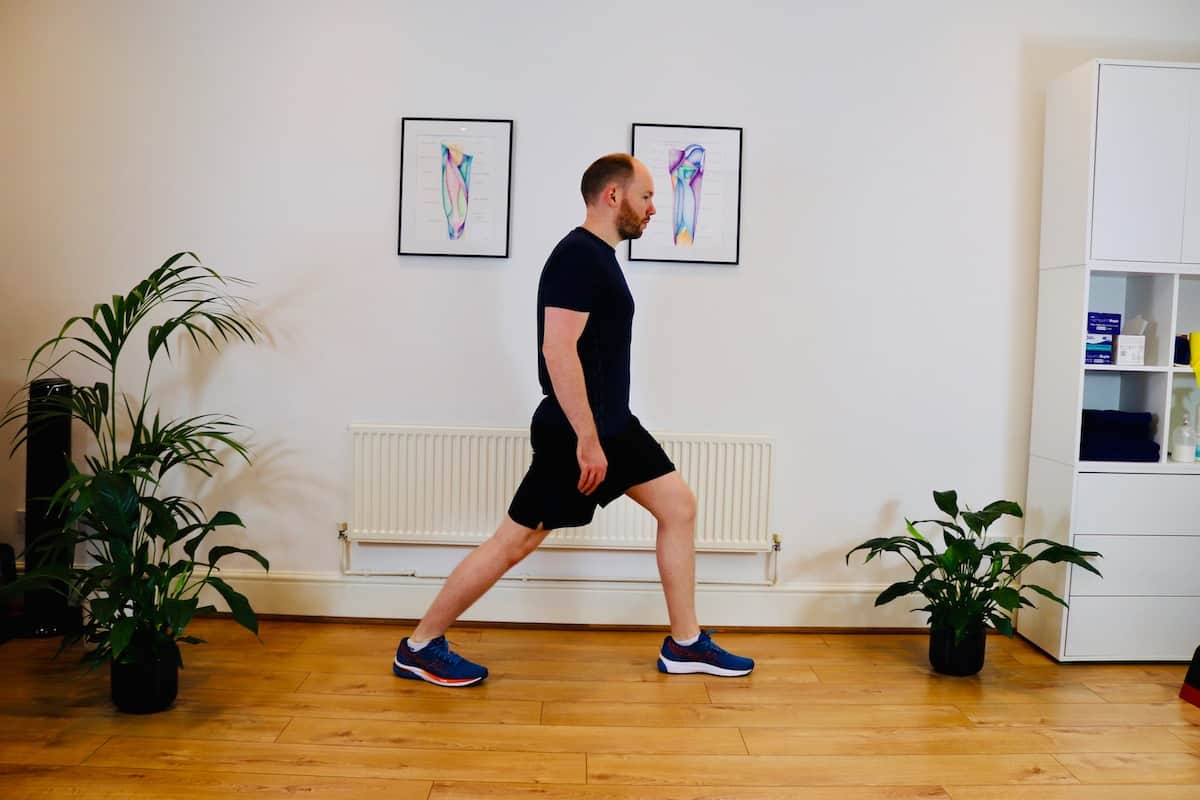
4-6 weeks in a walker boot can lead to mass muscle atrophy so it is important to increase the strength of the key stabilising and mobilising muscles of the foot and ankle.
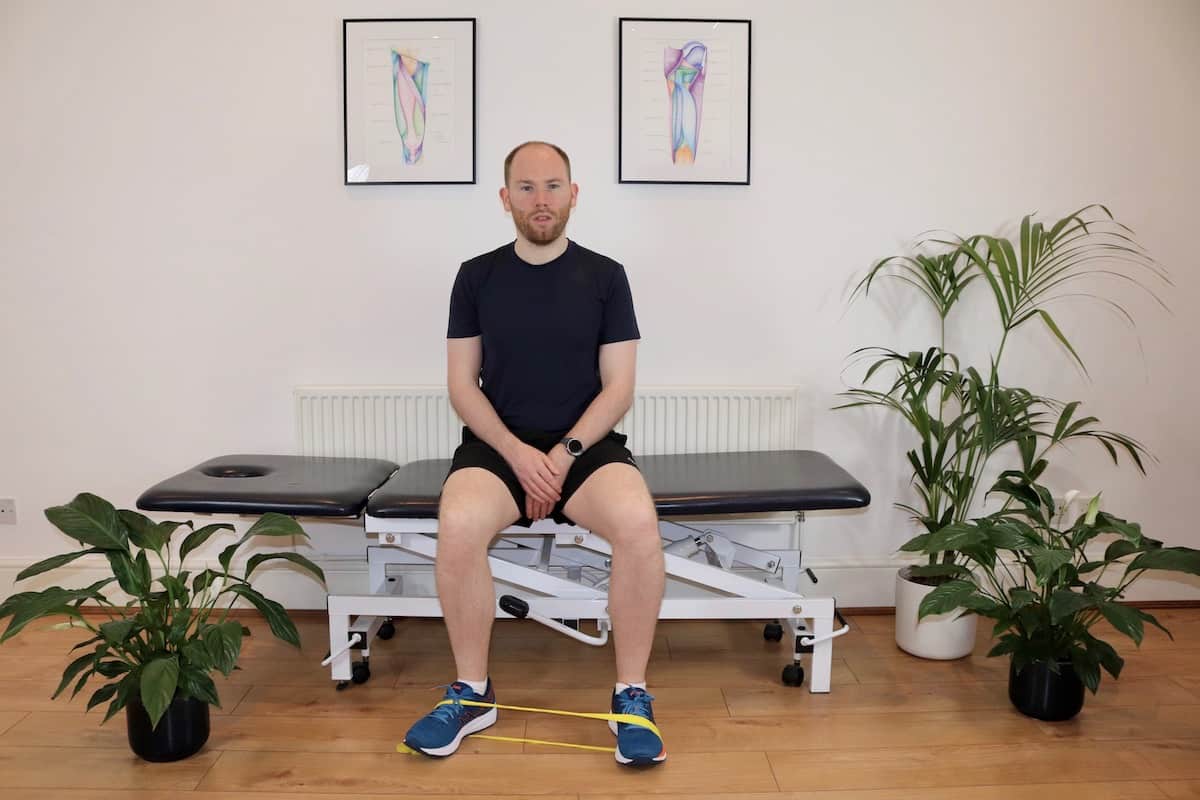
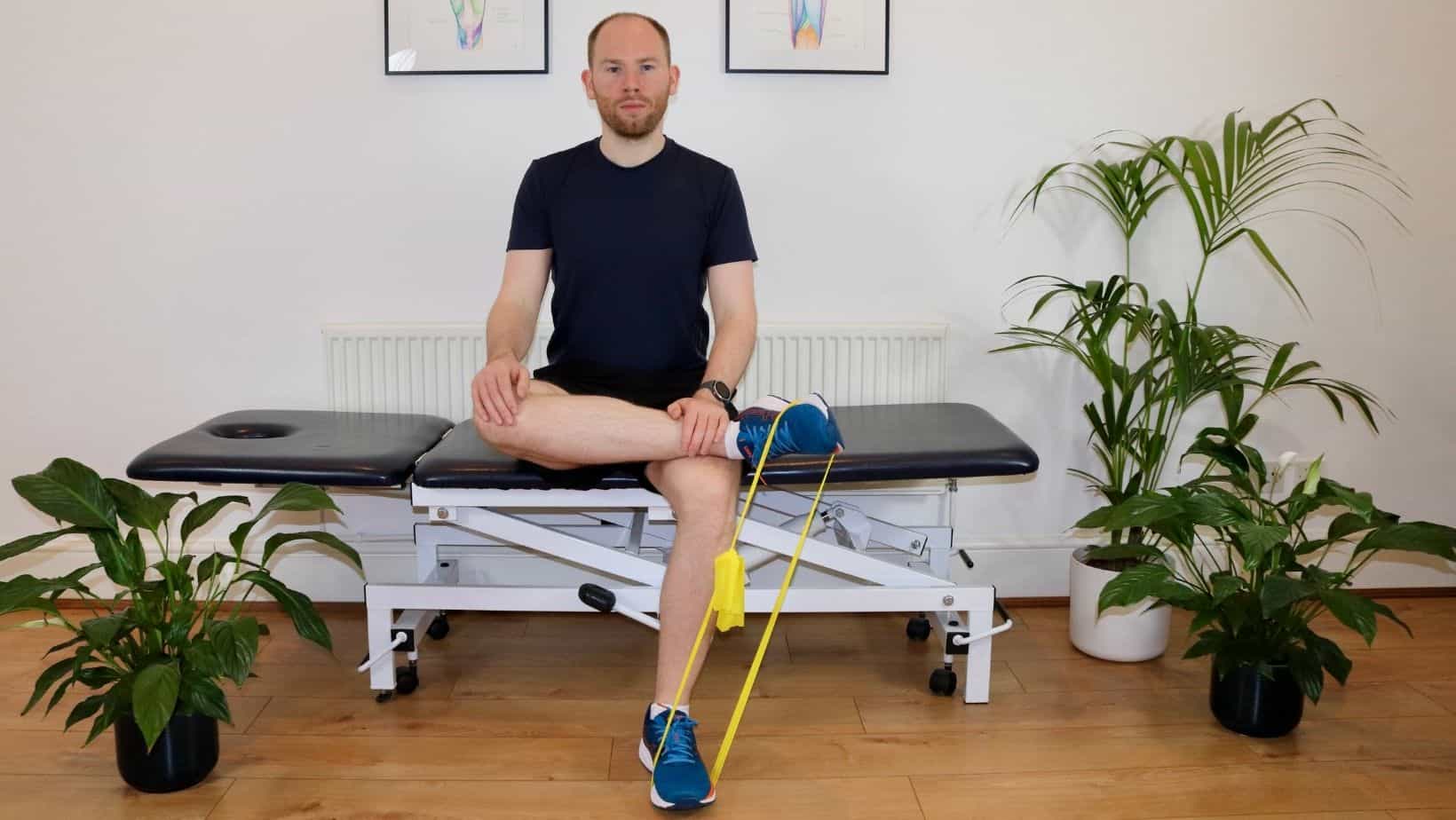
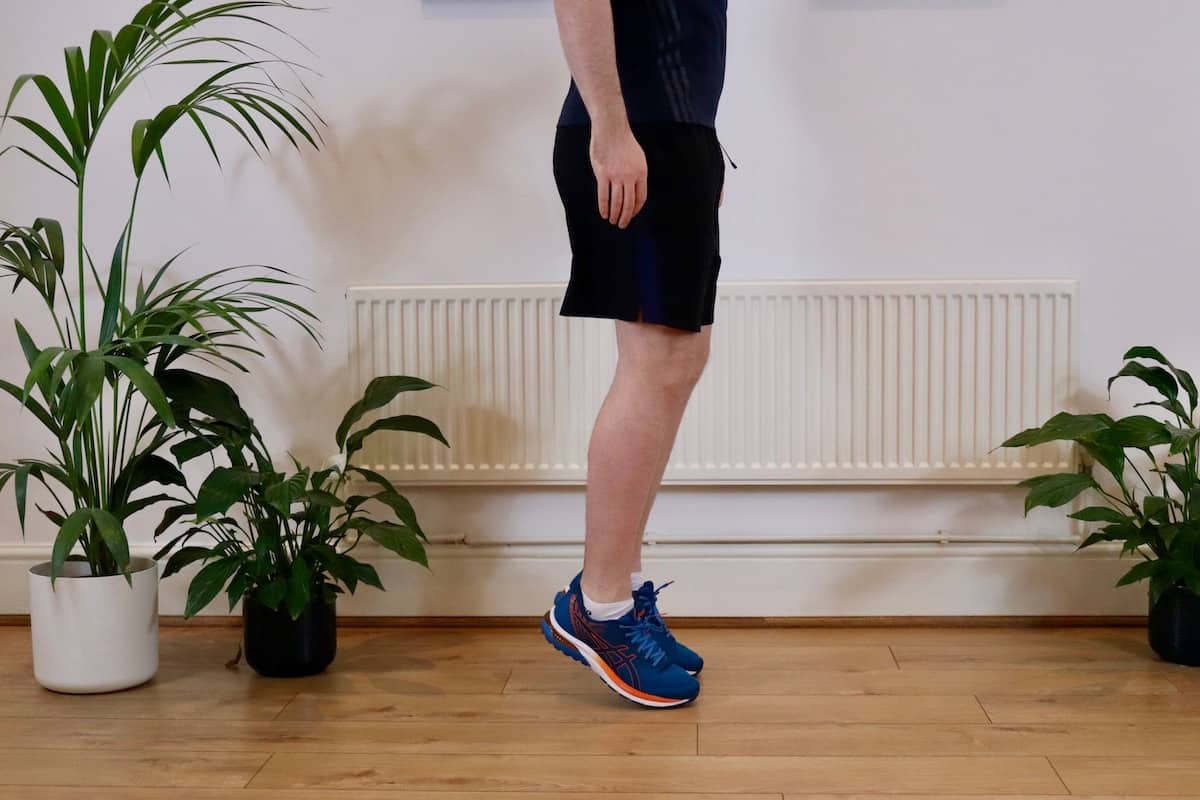
Proprioception is your body’s awareness of space and this is something that deteriorates after a 5th Metatarsal Fracture so it is important to work on specific balance exercises.
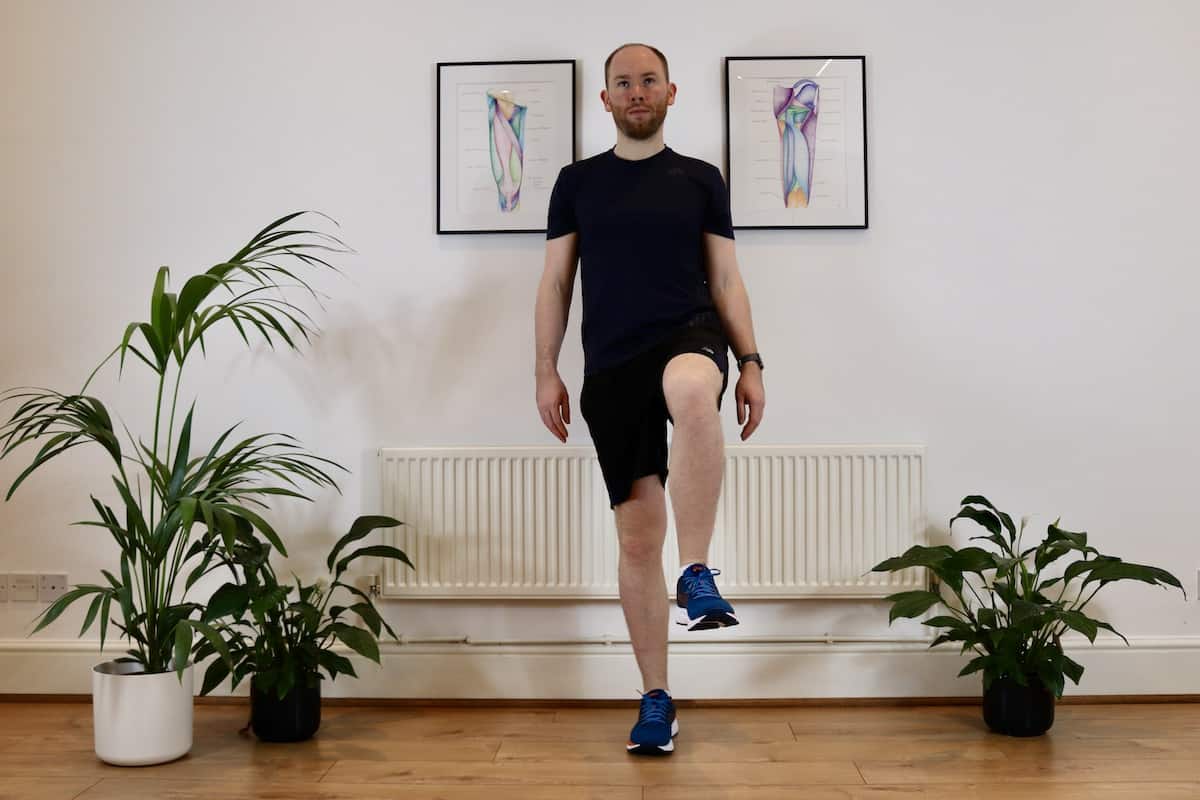

This article is written by James McCormack, a Lower Limb Specialist who is an expert in treating Metatarsal Fractures.
This is not medical advice. We recommend a consultation with a medical professional such as James McCormack if you are experiencing any of the symptoms discussed in this article. James offers Online Physiotherapy Appointments weekly and face-to-face appointments in his London clinic.